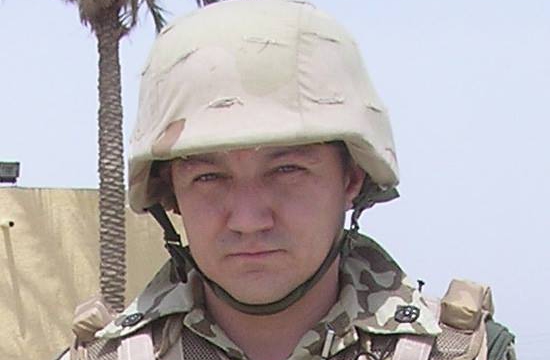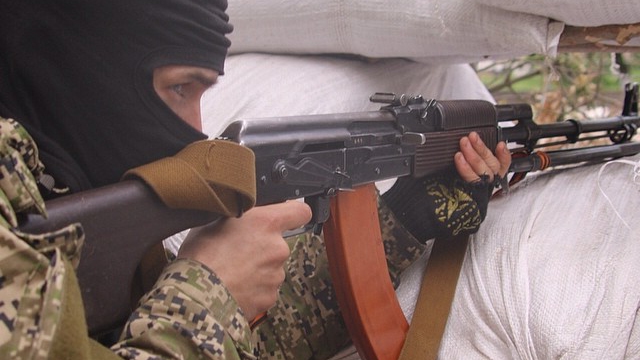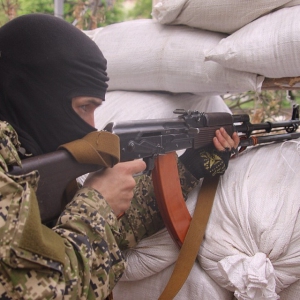Since April 18th, all coordinators of the IS group (“Informational Shield”) are out in the regions of the country. We plan to release a general review later tonite. Here is a quote from the said review regarding Anti terrorist operation (ATO).
ATO
Anti terrorist operation has not yet been manifested as it should have and it seems it has lost its momentum.
During the first stages of the operation, military forces were issued with restraints by Ukrainian government (a guarantee to avoid civilian casualties, even if they are armed and hostile, and their activity can be deemed as terrorism). These restraints were a serious hamper to successful progress of an ATO. Even more so, after Geneva agreement, these restraints became a strict condition.
The problem with the military forces is the ban of destructive arms use. One of a very few exceptions in Mariupol, where a unit of National Guard resisted an armed attack on military unit. In reality soldiers are only allowed the use weapons on occasions provided by Ukrainian law N 877-VII (877-18) changed Crew and Patrol statute. And even on those occasions the use of weaponry can only be non-destructive.
There are reported incidents of commanders ordering troops to sign against destructive weapon application. This obviously had a very negative effect on the course of events and in general the effectiveness of military forces suffered greatly.
Furthermore, particularly after Geneva agreement, ATO has become an OS(operation stabilize), according to Western terminology. Main goals being: containment of settlements and districts with high concentration of mutineers, crewing of containment check points, area patrols. Main forces – units of Ukrainian military.
For reasons unknown to us, military command did not implement the required measures for OS. At the same time, military units and their commanders exhibit their readiness for such actions.
Conclusions
For the Ukrainian military successful implementation of ATO should be a simple task. There is plenty of experience from participation in similar campaigns. For example appearance in KFOR and Multi-National Force – Iraq (MNF–I).
Every contingent had a review about its results with recommendations for techniques of organizing further activity. Military command just need to study the reviews and set approximate guidelines for Ukrainian military forces actions in Donbass.
But most important is setting a clear order regarding employment of military forces with precise tasks and targets for the operation. And also an order for interaction between Ukrainian forces and other military groups or special forces.





